There are just four simple ingredients in this Small Batch Blueberry Jam and pectin isn't one of them.
It is so easy to make your own homemade jam. This jam takes just 20 minutes from start to finish.
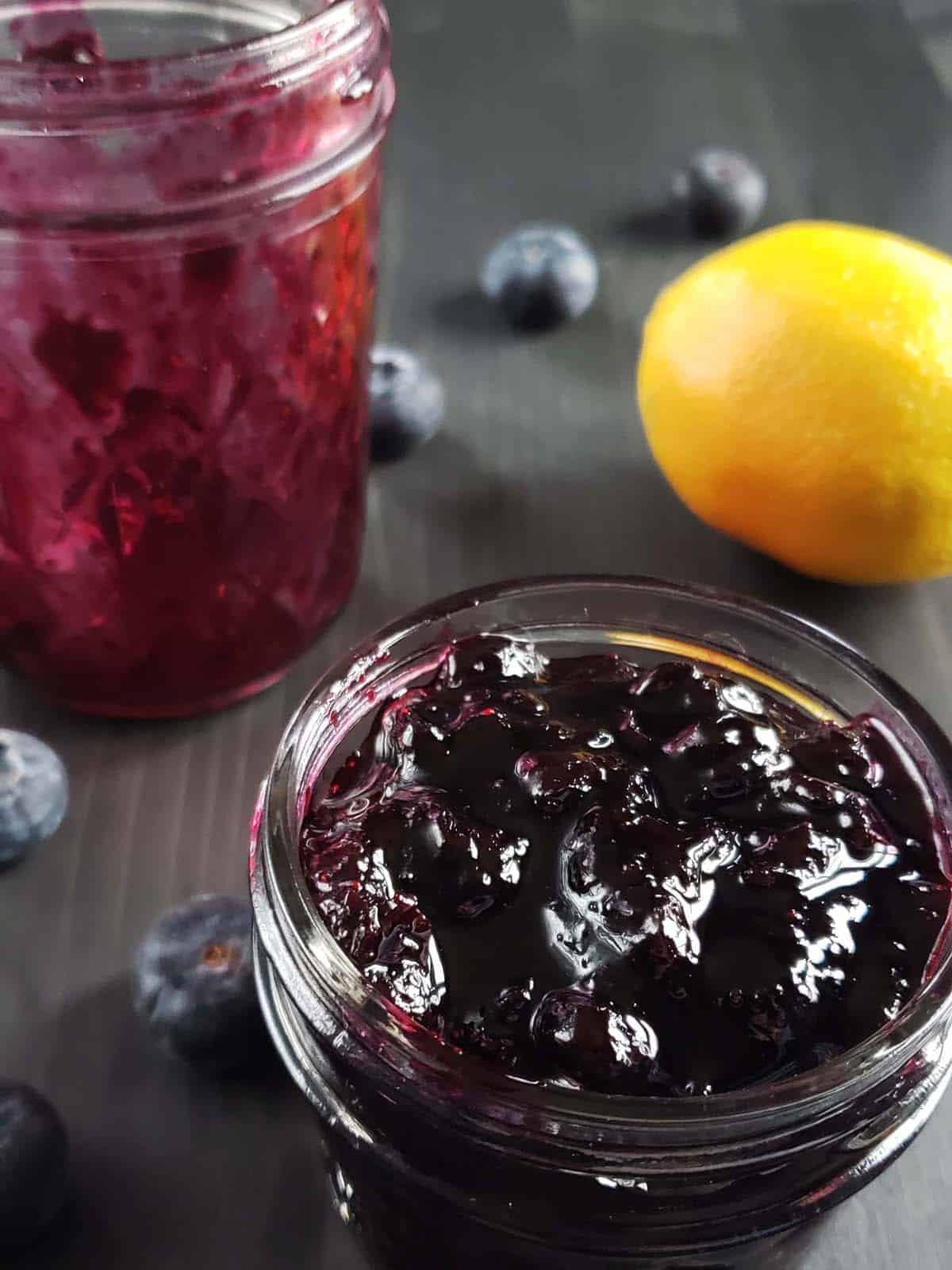
Making jams and sauces is a great way to use up extra fresh fruit and vegetables. Try making this Roasted Balsamic Strawberry Jam, this Garden Vegetable Spaghetti Sauce, this Maple Bacon Onion Jam, this Spinach Pesto, or this Lemon Curd.
When I say this blueberry jam recipe makes a small batch of jam I really do mean a tiny batch. In fact, this recipe fills just one 4oz quarter pint mason jar. The perfect amount of homemade refrigerator jam for one.
I look forward to blueberry season all year. Are you also a blueberry lover? Try these Jumbo Blueberry Muffins this Blueberry Creme Brulee, these Mango Blueberry Muffins, or these Blueberry Thyme Sourdough Scones.
Jump to:
Why You Will Love This Recipe
- With only a couple of simple ingredients, the fresh sweet blueberry flavor really shines in this easy recipe for small-batch jam.
- Making blueberry jam is one of the quickest ways to bottle up the last fresh berries of summer. This recipe takes just 20 minutes from start to finish.
- No canning knowledge is necessary. This small-batch jam makes such a small batch there is no need to can the jam to save it for later.
- There is no pectin added to this easy homemade blueberry jam. Just blueberries, sugar, lemon juice, and a pinch of salt.
- If you want to make a larger batch of jam the recipe is really easy to scale up.
This small batch blueberry jam is easy to make and has so many uses. Use it to top this Cinnamon Spice Oatmeal, these these Sourdough Scones, these Crispy Waffles with Buttermilk, or this Potato Bread French Toast.
Recipe Ingredients
You will need the following ingredients to make this delicious Batch Blueberry Jam.
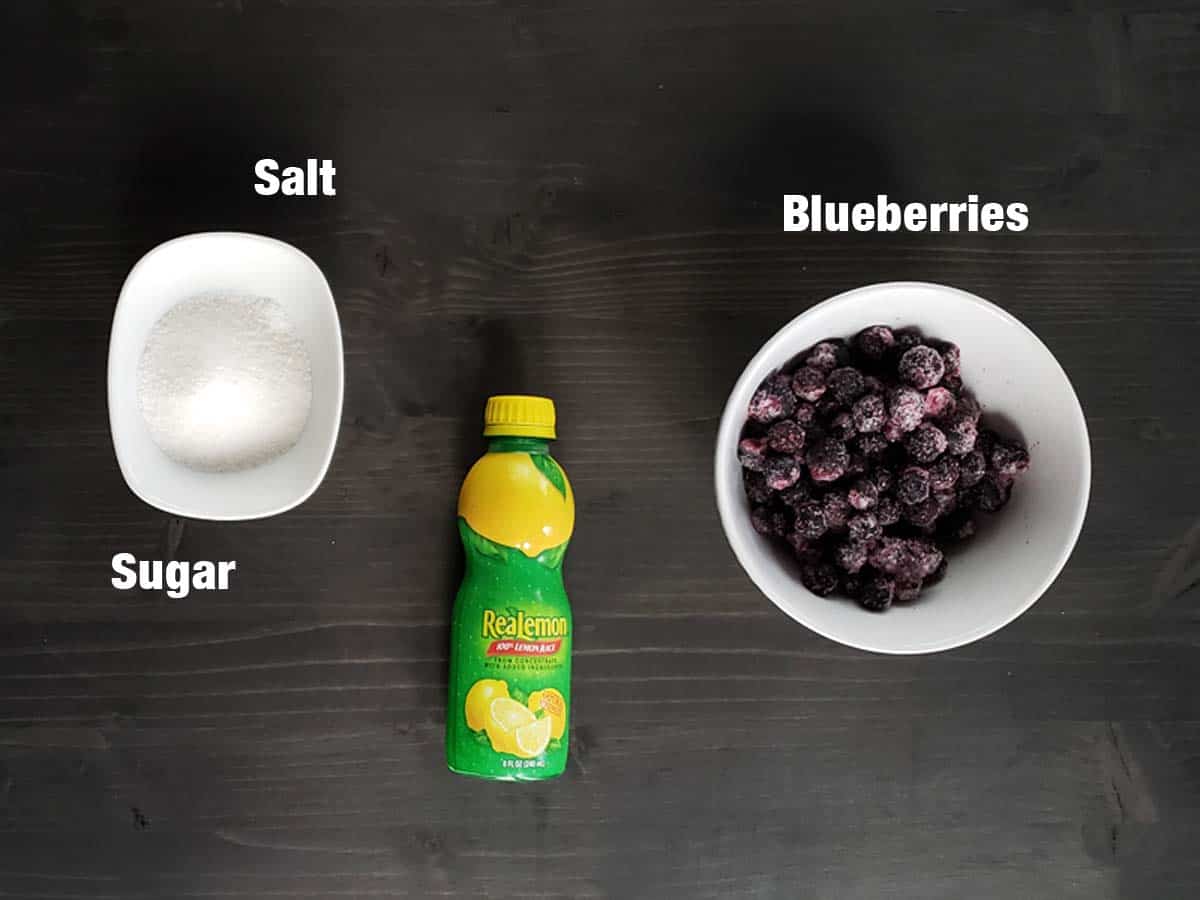
Blueberries: Look for blueberries that are firm and have a deep rich purple-blue color. Avoid blueberries that are mushy or wrinkled.
Sugar: Nothing special here just plain granulated white sugar. I don't suggest using less sugar. The sugar helps the jam to set
Lemon Juice: When blueberries and sugar are heated together, the blueberries begin to release pectin. The lemon juice bonds with the pectin, creating a gel that thickens your jam.
This is one time when bottled lemon juice is better than fresh lemons. Bottled lemon juice has a consistent PH. Fresh lemons vary in ripeness and PH making them unsuitable for setting jams.
Lemon juice also helps to balance blueberries' natural sweetness.
Salt: I add at least a pinch of salt to all of my recipes. Salt complements and intensifies the other flavors. For all of my recipes, I use Morton Kosher Salt which packs more densely than Diamond Crystal Kosher Salt. If you are using Diamond Crystal Kosher Salt you will want to double the amount of salt you add.
See the recipe card for full information on ingredients and quantities.
Substitutions and Variations
No fresh blueberries? This blueberry jam can be made with frozen blueberries too.
Add a splash of Cointreau to the jam for an orange-flavored twist.
Easily double the recipe to make two small jars of jam.
If you don't have lemon juice, you can substitute lime juice.
Directions
Step 1: Place a small plate in the freezer to use for testing the jam. Wash and drain blueberries in a colander.
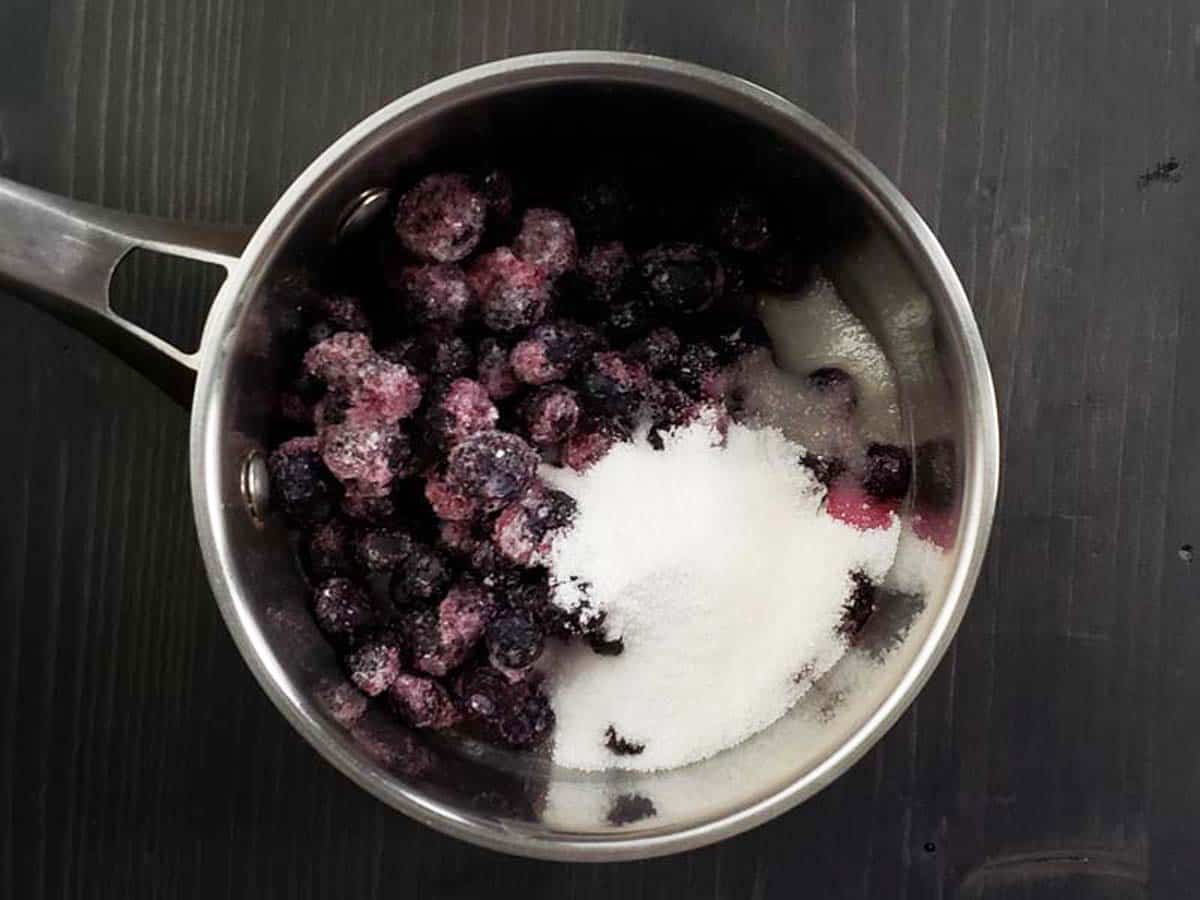
Step 2: Place blueberries, sugar, lemon juice, and salt in a small saucepan.
Bring to a light boil over medium-high heat and allow the blueberries to simmer and thicken for about 10 minutes. If you notice the berries coming to a full rolling boil, lower the heat.
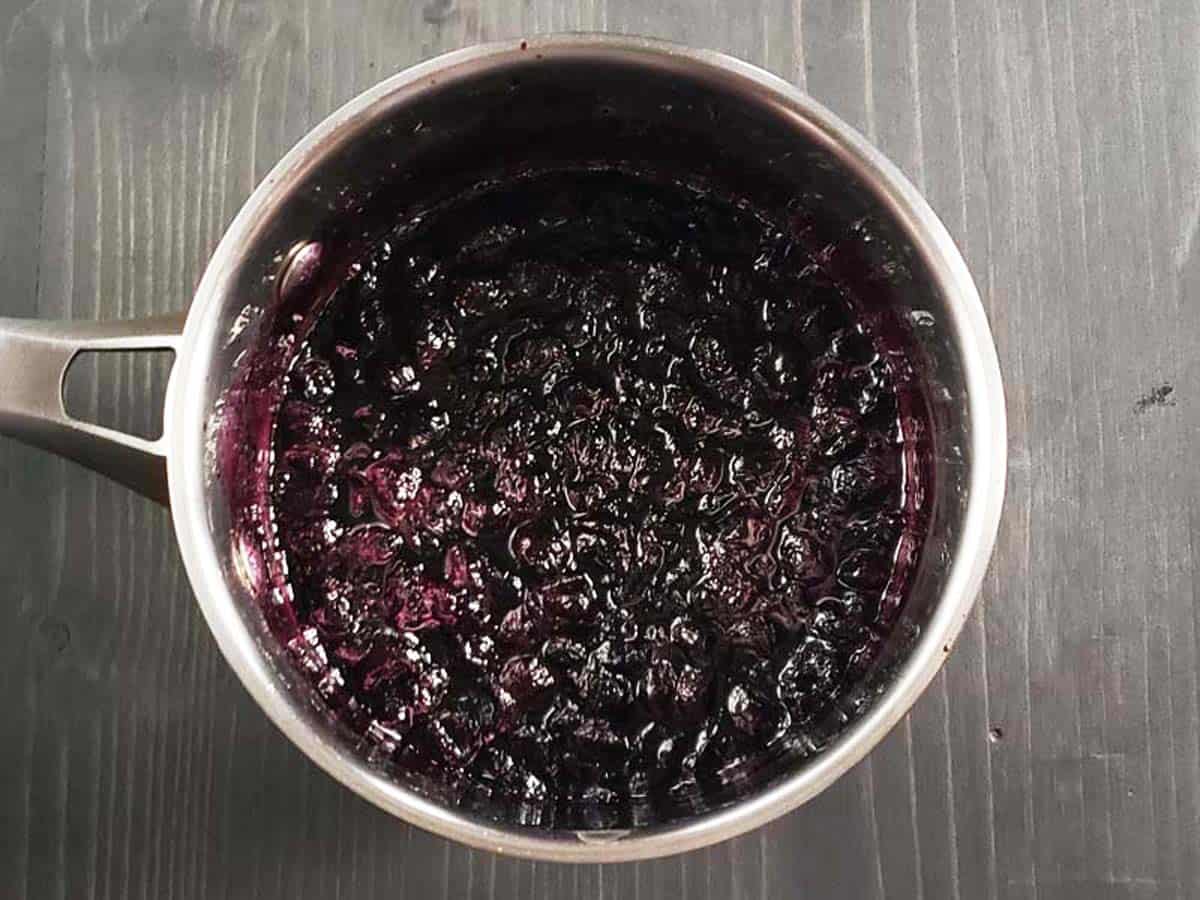
Step 3: Gently smash the blueberries with the back of your spoon or a potato masher to encourage them to break down.
Tip: Using a larger saucepan increases the surface area, decreases the cooking time, but increases the risk of burning the jam.
Tip: For an even smoother delicious blueberry jam, you could blend the blueberries with an immersion blender.
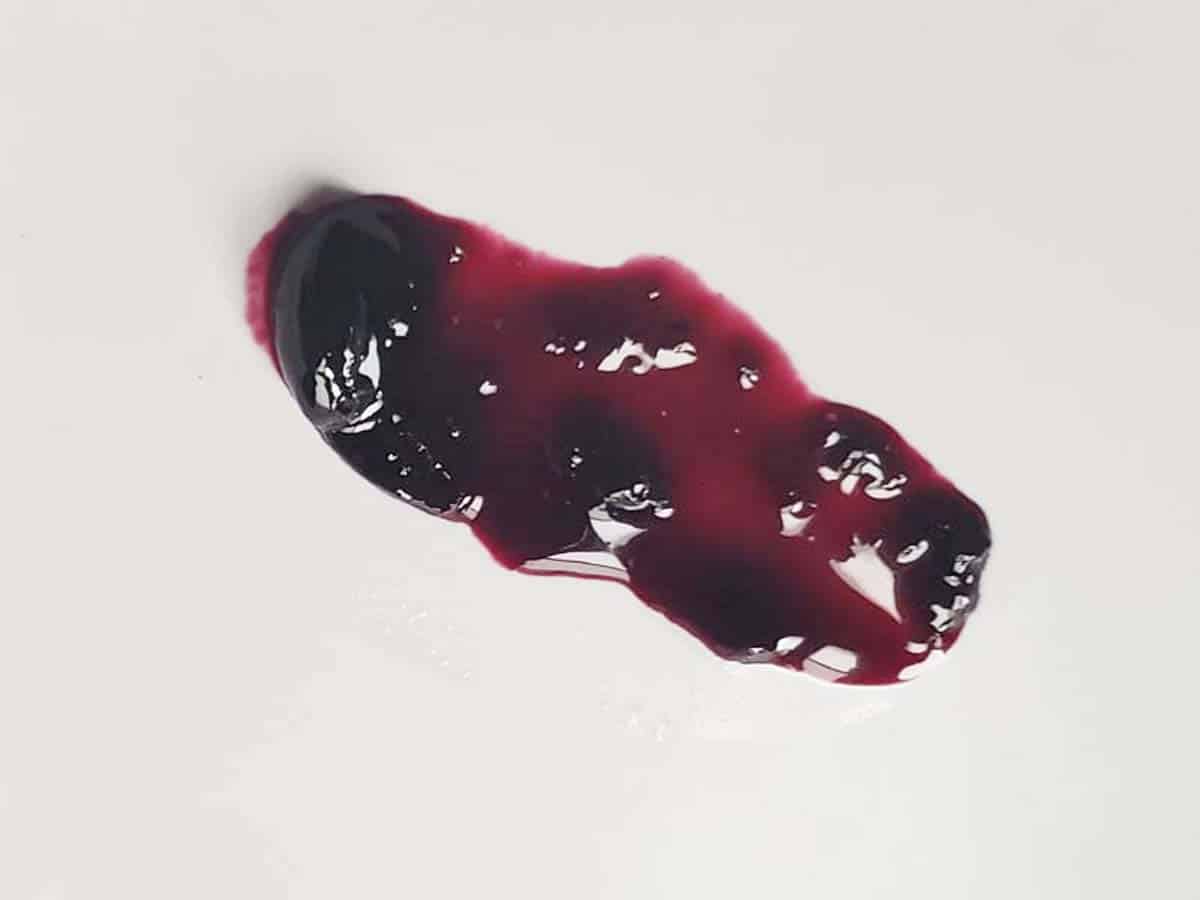
Step 4: Take your frozen plate out of the freezer. Spread a small amount of hot jam across the frozen plate. The frozen plate will instantly cool the jam down so that you can determine how thick it is. Tilt the plate. If the jam slides across the plate quickly it needs to boil and thicken for longer. If the jam slides slowly it is done.
Pour the jam into a sterilized jar, cover, and allow it to cool to room temperature. Once cooled store the jar in the refrigerator for up to one month.
How do You Know When the Jam is Done?
As the jam cools it thickens. To test a small amount of jam use the frozen plate method.
The Frozen Plate Method
Spread a small amount of jam across the cold plate. The cold plate will instantly cool the jam down so that you can determine how thick it is.
Tilt the plate. If the jam slides across the plate quickly it needs to boil and thicken for longer. If the jam slides slowly it is done. If the jam doesn't move at all it is overcooked.
Use an Instant-Read Thermometer
You can also use an instant-read thermometer to test the doneness of your jam. The setting point for blueberry jam is 220°F (105°C).
An instant-read probe thermometer is an essential kitchen tool. It's not only great for testing the doneness of meat but also works for checking the internal temperature of baked goods and testing jams like this one. This thermometer from ThermoWorks is my favorite. It is recommended by America's Test Kitchen and is super fast and accurate.
Serving Suggestions
Blueberry jam is a great addition to more than just toast or biscuits.
- Use this blueberry jam as a base for Vanilla Creme Brulee. Simply add a few tablespoons to the ramekin before adding the creme brulee custard.
- Spoon it over your favorite ice cream or this Fresh Thyme Cheesecake.
- Layer it with pound cake or angel food cake, Lemon Curd, and whipped cream to make a delicious trifle.
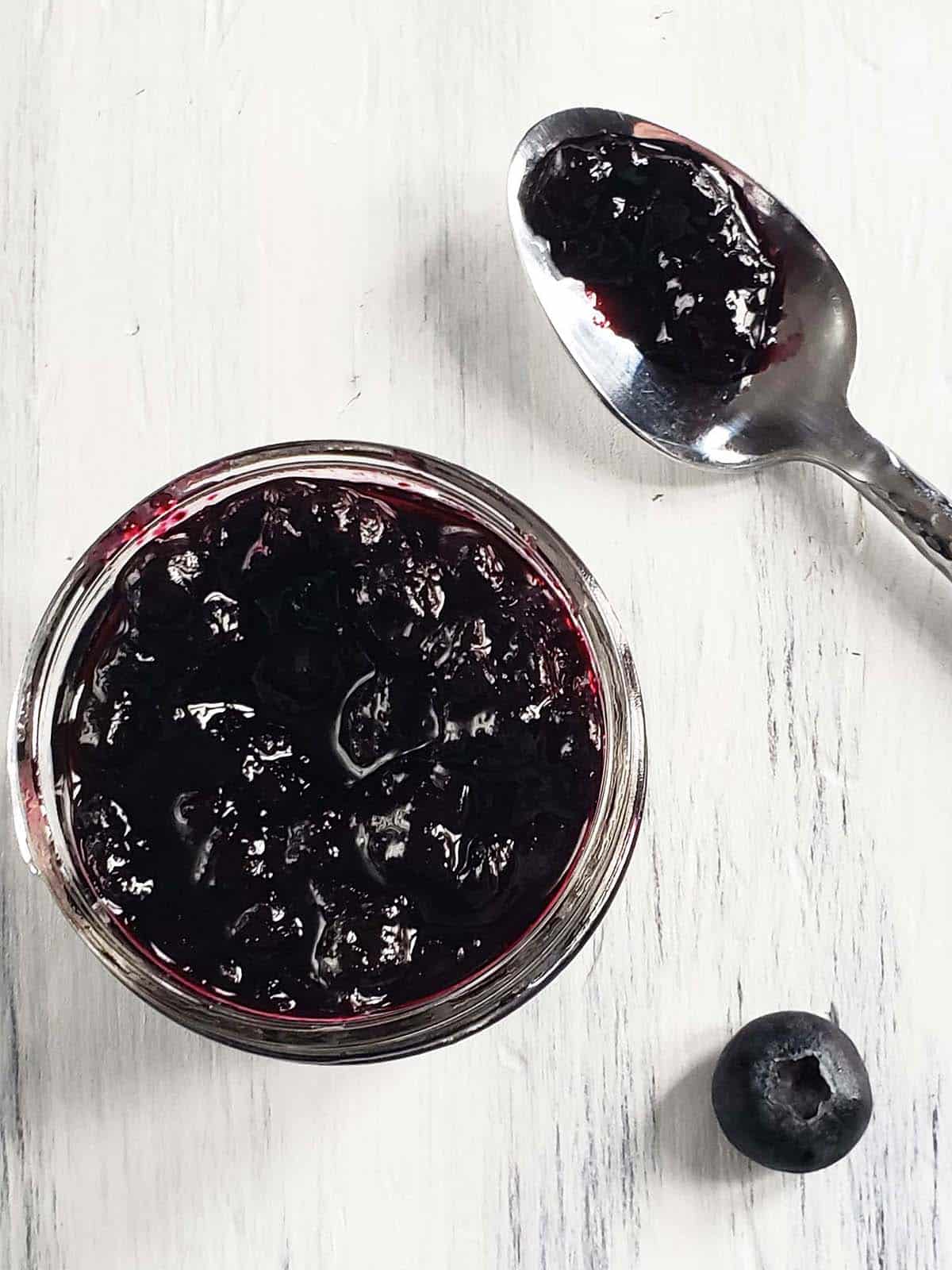
Recipe FAQs
Yes, but frozen blueberries may be more tart than fresh blueberries so you may need to add more sugar.
In fact, frozen fruit might be the better choice. The jam tastes best when it is made with high-quality fruit. Fruit that is used for commercial freezing is always picked at peak ripeness. If using frozen fruit there is no need to thaw it before making jam.
When looking through jam recipes you will notice the word pectin comes up often. Pectin is a naturally occurring thickening agent that helps jams and jellies set up properly when they cool. Different fruits have varying amounts of naturally occurring pectin.
Blueberries happen to be naturally high in pectin which is why we don't have to add additional pectin to this simple jam recipe. When heated blueberries release their pectin. It then combines with the lemon juice to create a gel that thickens the jam as it cools.
As cooked blueberries release their natural pectin the lemon juice bonds with the pectin, creating a gel that thickens your jam. For more information, check out this post from Serious Eats.
Sterilizing jars is easy. Either wash them in hot soapy water or run them through a dishwasher cycle.
Yes, as the jam cools it will continue to thicken, which is why using the frozen plate method mentioned above is helpful to tell when a jam has been fully cooked.
Allow the jam to cool to room temperature and then pour it into an airtight container. Store in the refrigerator for up to one month.
Refrigerated jam should be good to eat for at least a month. Always use clean utensils to retrieve jam from the jar to avoid contamination.
Signs of spoilage include mold or yeast growth, change in color, or any off odors like the smell of yeast, alcohol, or fermentation.
Expert Tips
- Don't overcook the fruit. The overcooked jam will be tough and rubbery. The mixture will seem too thin but will thicken up as it cools.
- Boiling sugar can easily cause burns. Use caution and be careful to not splatter the mixture.
- The homemade blueberry jam will thicken as it cools and the natural pectin present in blueberries sets.
- If you want to add fresh herbs to your jam, add them at the end of the cooking process to preserve their bright flavor.
More Fresh Fruit Recipes
Thanks for Reading!
If you try this recipe, let me know! Leave a comment and rate it below! You can also snap a picture and post it on Facebook or Instagram be sure to tag me @RaspberriesandKohlrabi.
Subscribe to get more recipes and tips by email.
📖 Recipe
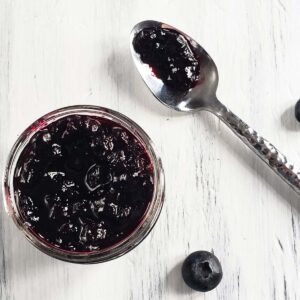
Small Batch Blueberry Jam Without Pectin
Equipment
- small saucepan
- potato masher
- glass storage jars
Ingredients
- 1 cup blueberries fresh or frozen
- ⅓ cup sugar
- 1 ½ teaspoons lemon juice
- 1/16 teaspoon kosher salt
Instructions
- Place a small plate in the freezer to use for testing the jam.
- Wash and drain 1 cup blueberries in a colander.
- Add blueberries, ⅓ cup sugar, 1 ½ teaspoons lemon juice, and 1/16 teaspoon kosher salt to a small saucepan. Bring to a boil and allow the blueberries to simmer and thicken for about 10 minutes. Gently smash the blueberries with the back of your spoon or a potato masher to encourage them to break down.
- Take your frozen plate out of the freezer. Spread a small amount of jam across the frozen plate. The frozen plate will instantly cool the jam down so that you can determine how thick it is. Tilt the plate. If the jam slides across the plate quickly it needs to boil and thicken for longer. If the jam slides slowly it is done.
- Store the blueberry jam in an airtight container in the refrigerator for up to one month.


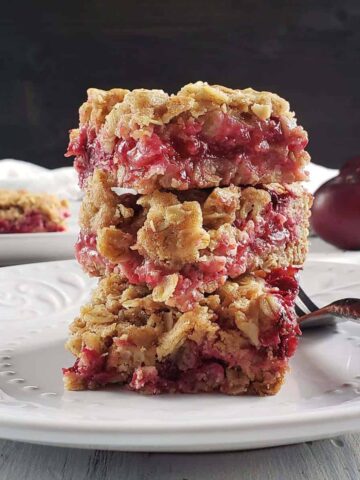
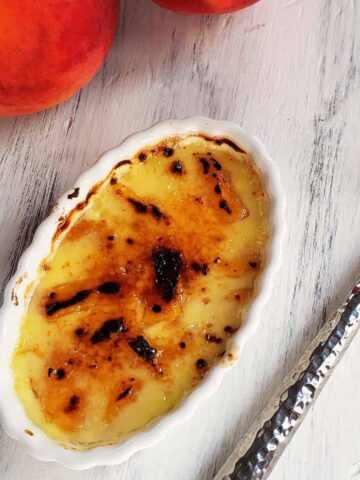
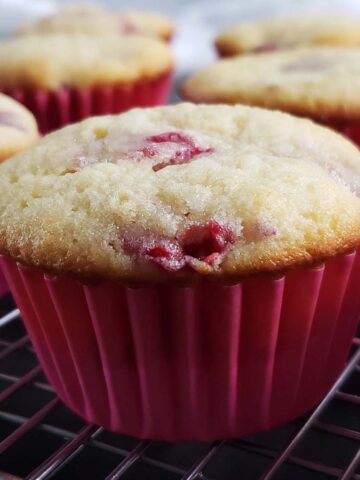
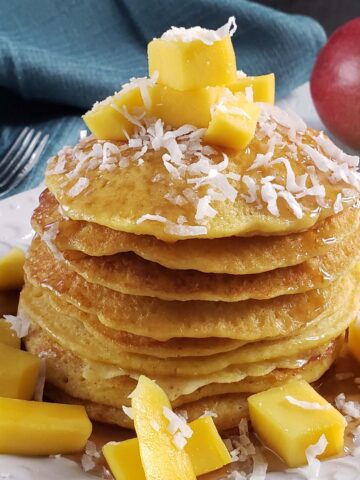
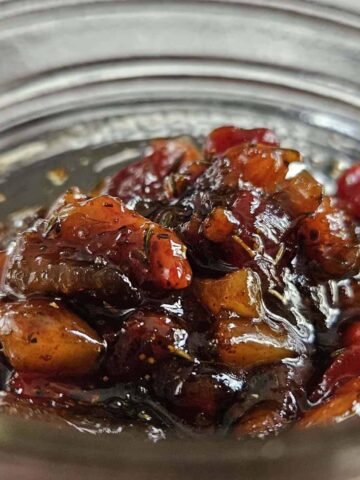
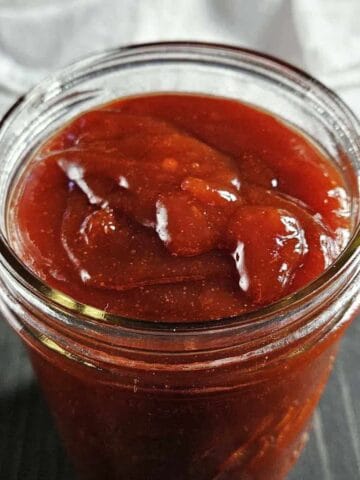
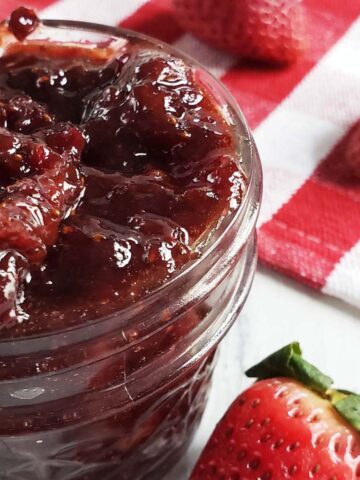
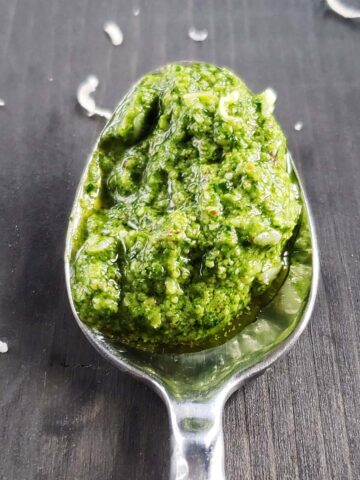
Comments
No Comments